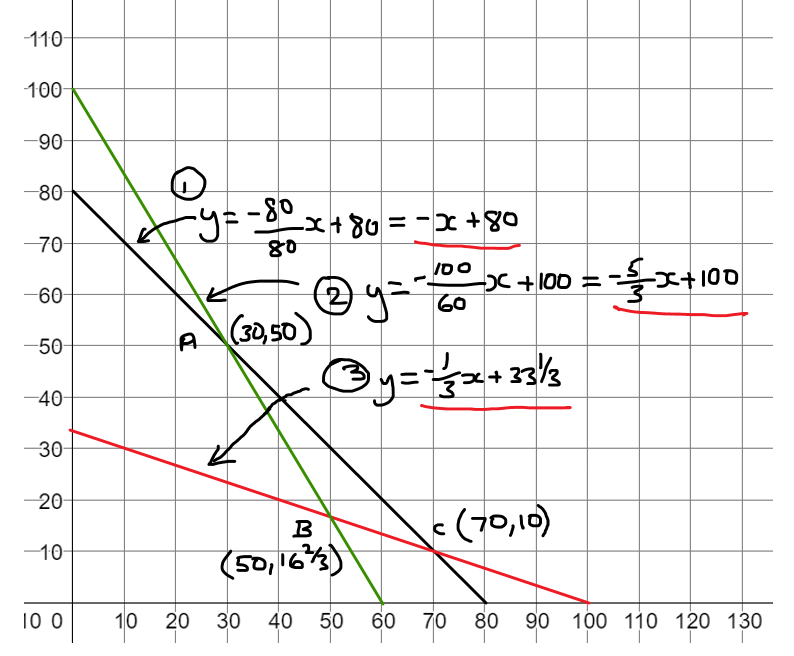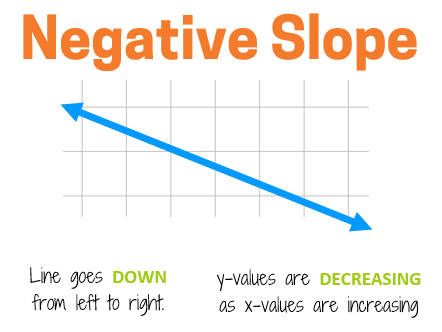

Unfortunately, the best constraints/design is subjective, so there isn't a specific list of steps I can provide for your model.
There are branches along that profile that have constraints that will restrict the design. Because of these drops, the minimum slope and the constrained node inverts, the profile drops too low requiring a conduit with an adverse slope to make up the difference. If there are 10 pipes in a profile then this setting will drop the profile an additional foot. Because of this field the profile drops an additional 0.1ft at each node. The node design constraint Matchline Offset is limiting the design. Here are some of the settings in your design that you might want to take a look at.Įven when the minimum available conduit slope is used for the design, the invert elevations fall too low toward the outfall to prevent conduits with adverse slopes. Order of automated design priorities for StormCAD (GVF-Rational) and SewerCAD (GVF-Convex) I recommend looking through the articles below for a better understanding of how the automated design and the constraint priorities work. There are multiple settings that affect the adverse slopes that result from the design. The negative slopes that remain after making the above changes are due to not being able to satisfy all constraints. Set the following properties for conduit "CO-73". User Notification: "Conduit material is not selected and the conduit will not be designed"Ĭonduit "CO-73" does not have a material assigned, and conduit type is set to user defined conduit. Determine if the design constraints should be adjusted (globally or for the individual element) and adjust them accordingly. for the right sticky, I started with one dollar. You could do this by looking at user notifications, element symbology, FlexTables, or individual element properties. putting the negative sign in front of the slope fraction like the Sticky Math Pair that follows a graph with a different scale a t-chart or table of values for the left sticky, I started with one dollar. 
Look for areas in the model that violate design constraints.Make sure all element properties and constraints are correct and reasonable.Graph a line with a slope of 2/3.I took a look at your model and here are my notes: If you need help with graphing an actual equation and need to know which point to plot first, visit our lesson on Slope Intercept Form. A slope of zero is a horizontal flat line. A negative slope that is larger in absolute value (that is, more negative) means a steeper downward tilt to the line.
#NEGATIVE SLOPE HOW TO#
In this example, we are only focusing on how to count the slope and plot the next point. A higher positive slope means a steeper upward tilt to the line, while a smaller positive slope means a flatter upward tilt to the line.
Draw a straight line through your points.Įxample 1 shows how to graph a line with a slope of 2/3. When a line has a negative slope the line slopes downward when moving from left to right. Repeat the above steps from your second point to plot a third point if you wish. If the slope is positive, count upĪnd if the slope is negative, count down. 
Count the rise from the point that you plotted. For right now, we are only focusing on slope.) (In the next lesson, Graphing with Slope Intercept Form, you will learn the exact point that needs to be plotted first.

Steps for Graphing a Line With a Given Slope








 0 kommentar(er)
0 kommentar(er)
